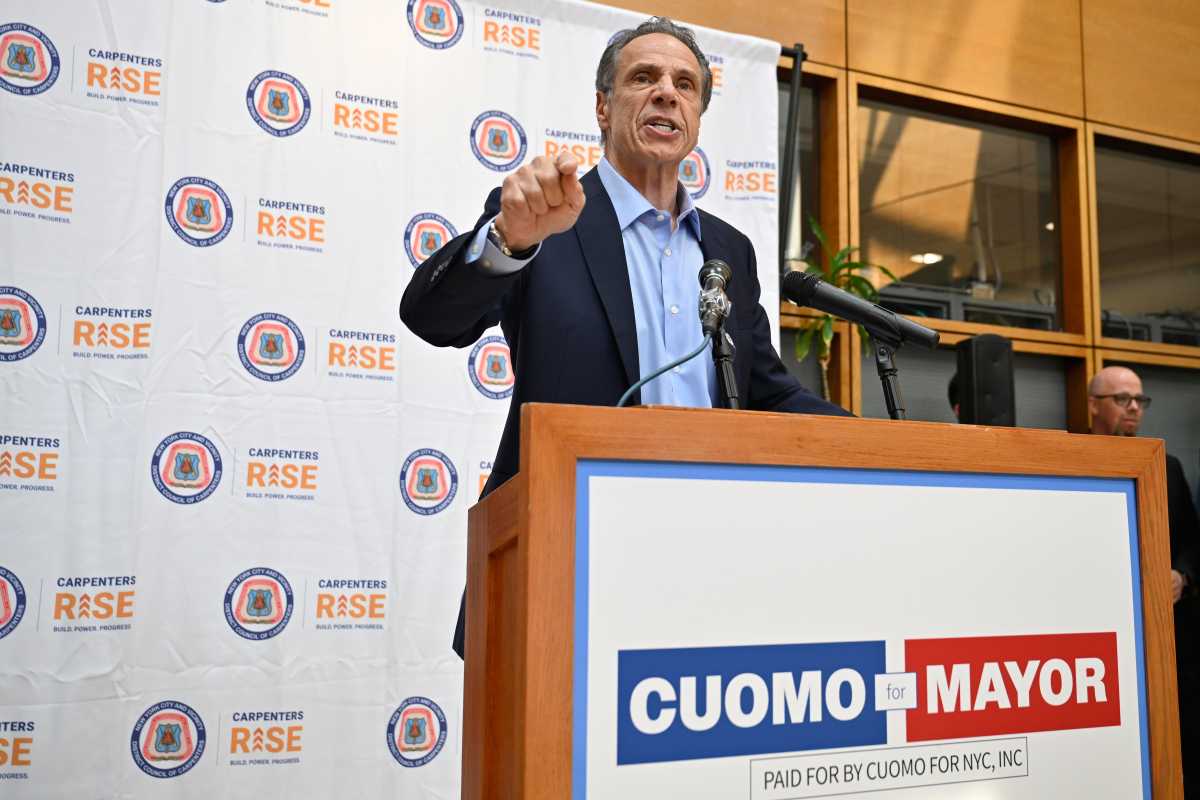By Greater Astoria Historical Society
In conjunction with the Greater Astoria Historical Society, the Times–Ledger newspaper presents noteworthy events in the borough’s history
In Queens, the heads of four families in the Queensbridge federal housing project refused to sign required loyalty oaths. Eviction procedures against them were begun. The oath was required under an amendment to the Public Housing Law in 1952, which required all 30,000 families living in 15 projects in the city to sign. The Queensbridge Tenants League had also been declared a subversive organization two months before by U.S. Attorney General Herbert Bromwell Jr.
Over the weekend of July 16-17, seven more arrests were made along Tavern Row’s “Mile of Bars” and other locations on the Rockaway peninsula as part of the ongoing crackdown on “drunk and disorderly” persons. As cases in point, arrests were made for “shouting profanities while drunk” at 3 a.m. on Beach 103rd Street; throwing a drinking glass on the walk at 1:30 a.m.; presenting a false draft card to buy drinks at a tavern; and “giving a cop a hard time.”
An ancient College Point landmark, the Eskotter Hotel, was demolished. The sprawling 68-year-old hotel at 14th Avenue and 110th Street had been a center for political clambakes and organization picnics on its shady grounds. It was known far and wide as a beer hall. One of its most famous guests was Charles Lindbergh, who visited there some months after becoming the first man to fly over the Atlantic Ocean. The site was purchased early in the year by the Edo Aircraft Corporation for construction of an annex to its plant. Edo manufactured parts for airplanes and boats for the Navy, mostly under secret contract.
Mrs. E. C. Moore of Flushing was helping two survivors of the atomic bomb attack on Hiroshima through the most important year of their young lives. The girls, 18-year-old Chieko Kimura and 22-year-old Takako Harada, were living at her house while they awaited delicate surgery to remove burn scars on their faces and bodies. They were among 25 “Hiroshima maidens” who had come to the United States for free plastic surgery. The girls were in the basement of a grammar school in Hiroshima when the first atomic bomb had leveled the city 10 years before. Their scars were so disfiguring that they were reluctant to appear in public. When the girls began their treatment at Mount Sinai Hospital in Manhattan, they were to be transported there each day by the North Shore Red Cross chapter in Flushing.
The ABC television network aired a preview of Disneyland, the famous 160-acre amusement park near Los Angeles. The park officially opened July 17, 1955.
The Star’s entertainment page reviewed a new daytime television show aimed mostly at children. It was called “The Mickey Mouse Club.” The show was to begin airing in October from 5-6 pm Eastern time. It featured four 15-minute segments. The first quarter on Monday, Wednesday and Friday was a newsreel devoted to the activities and accomplishments of children throughout the world. The last quarter each day was to be one of Disney’s enormous catalog of cartoons, so kids could be introduced, possibly for the first time, to Mickey Mouse, Pluto and others. On each Thursday, there was to be a segment featuring Jiminy Cricket serving up safety tips. Parts of the show were also to be devoted special serials for kids such as “Hans Brinker and the Silver Skates.” That’s the way it was in July 1955!
For further information, call the Greater Astoria Historical Society at 718-278-0700 or visit our website at www.astor



































